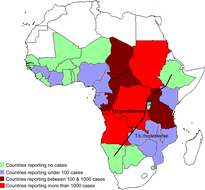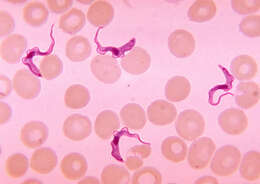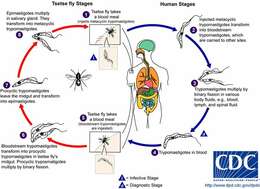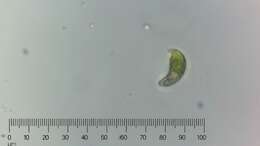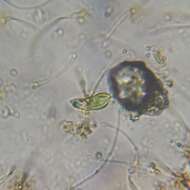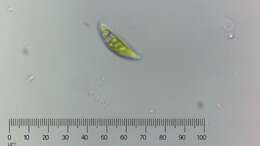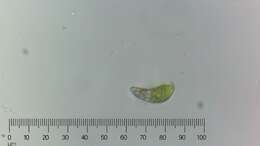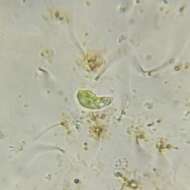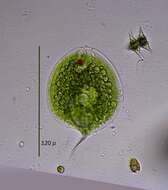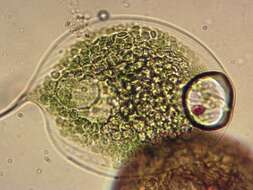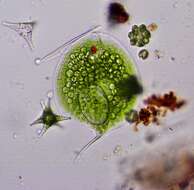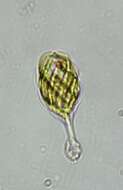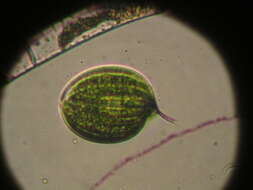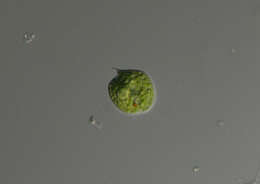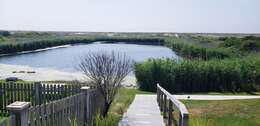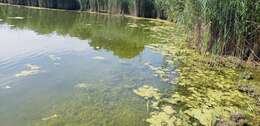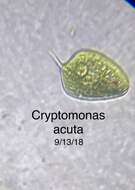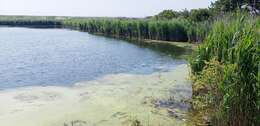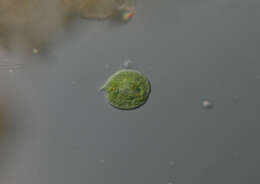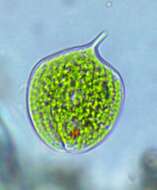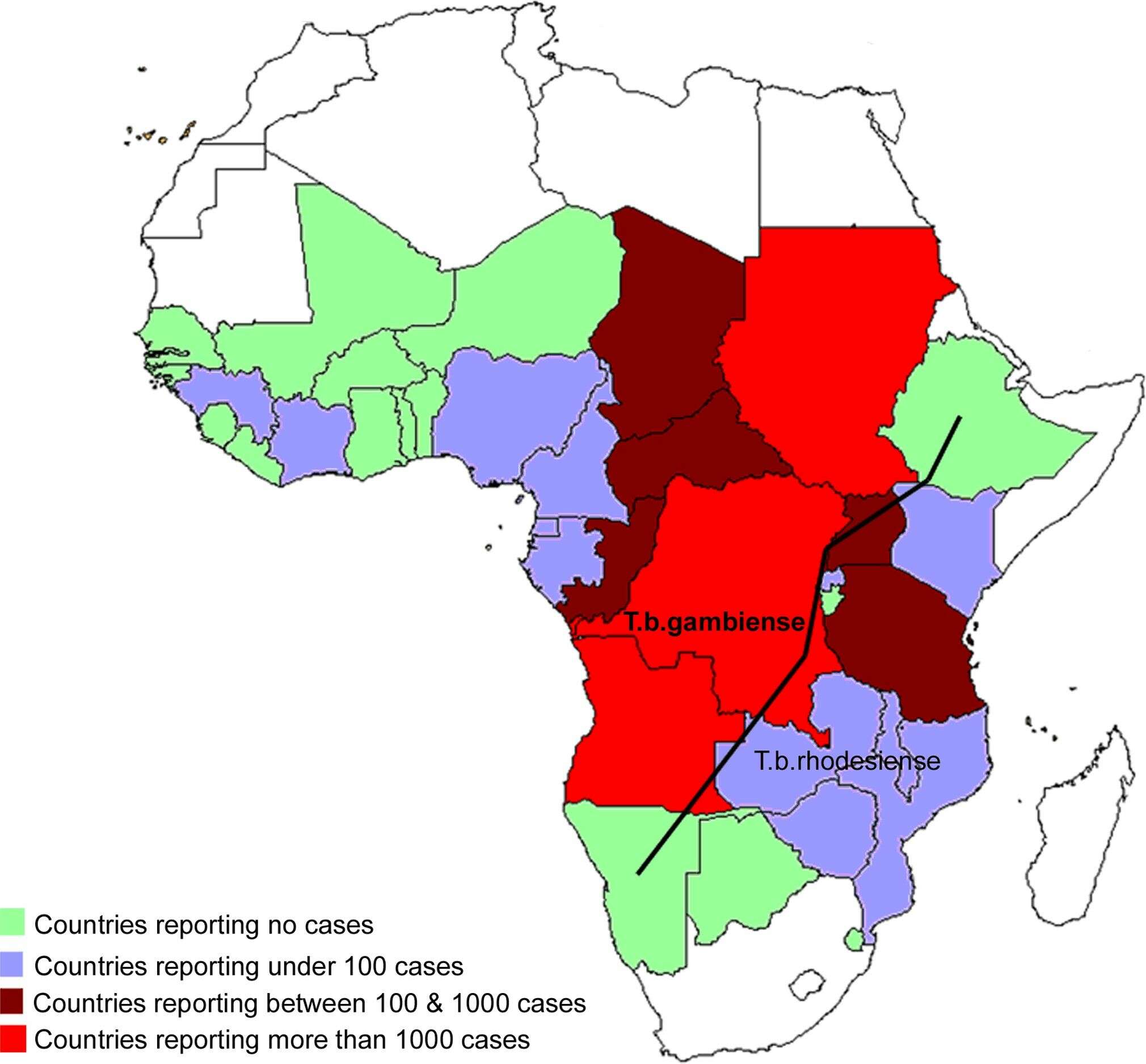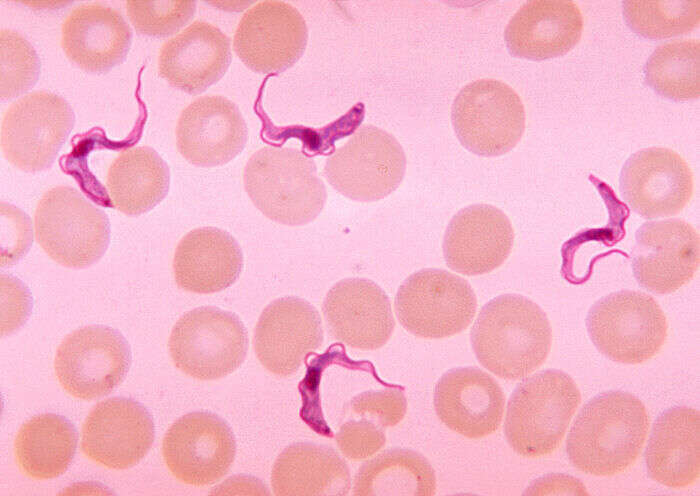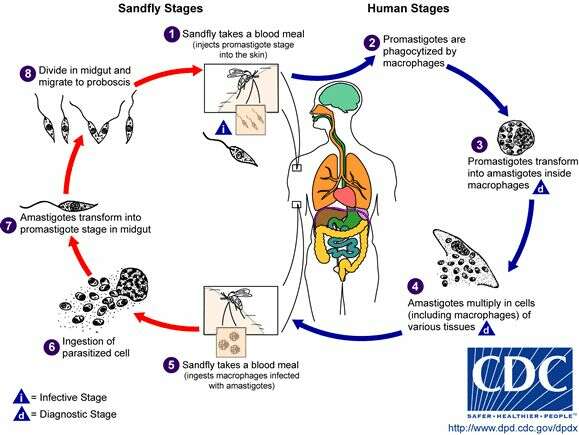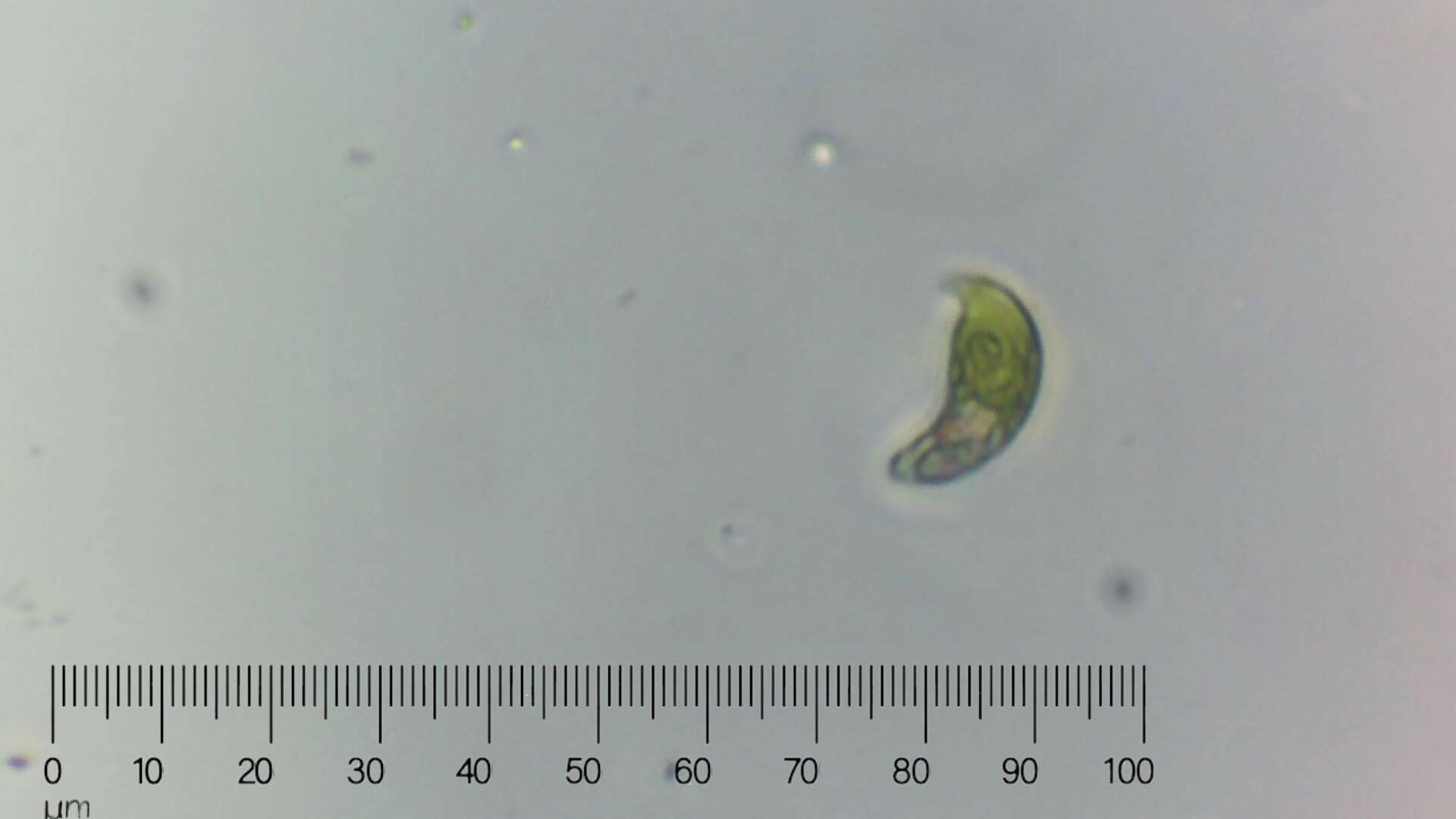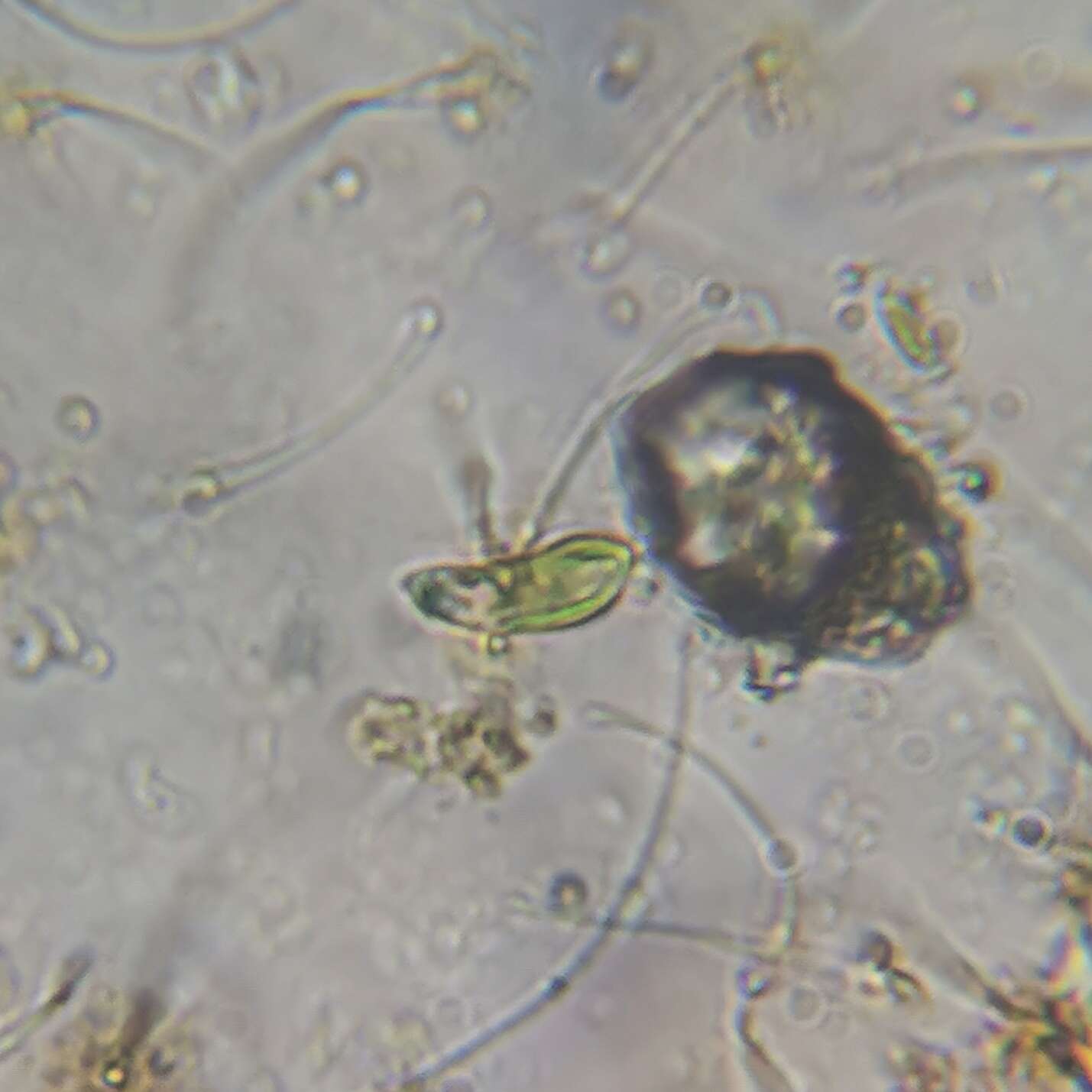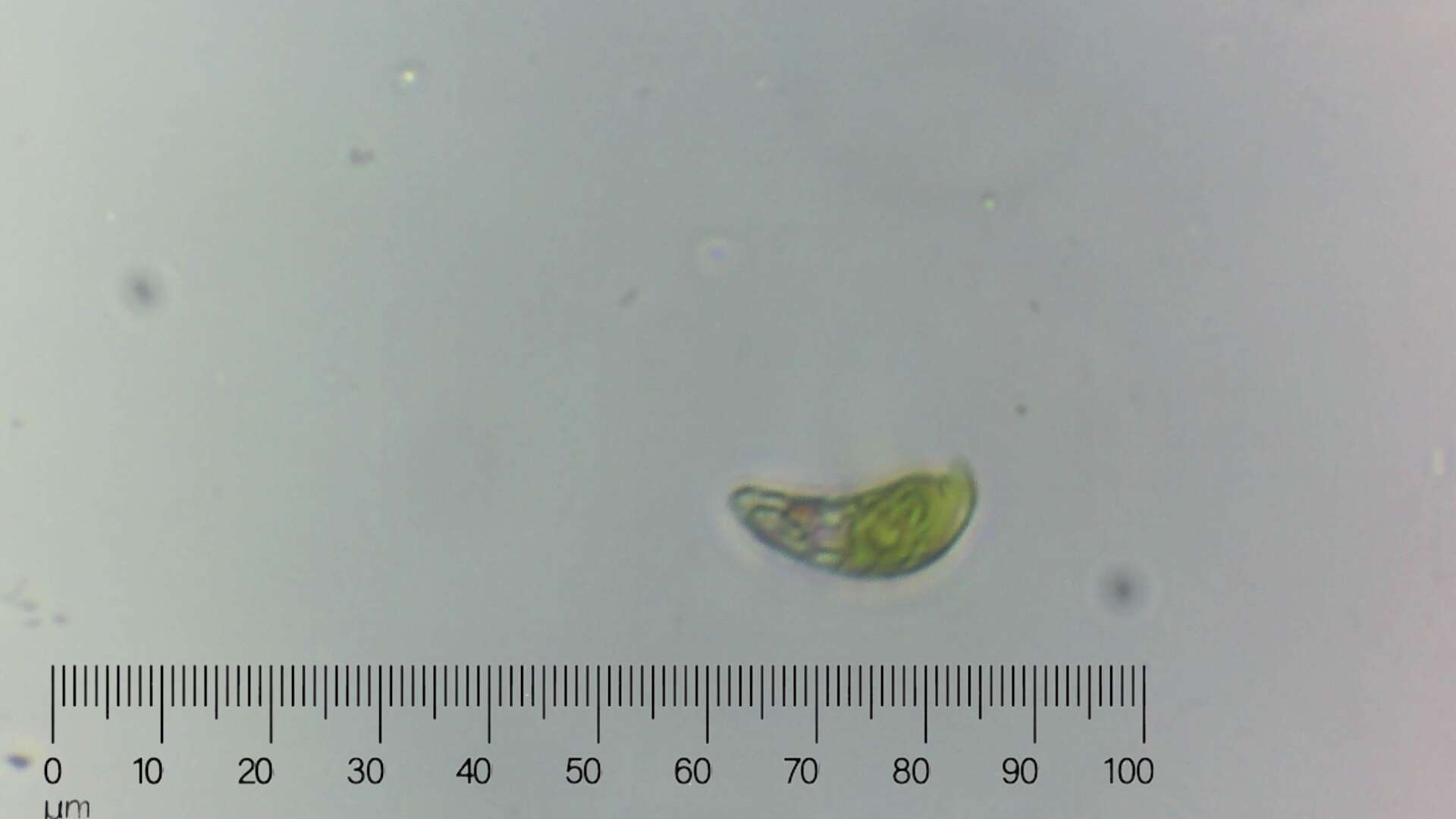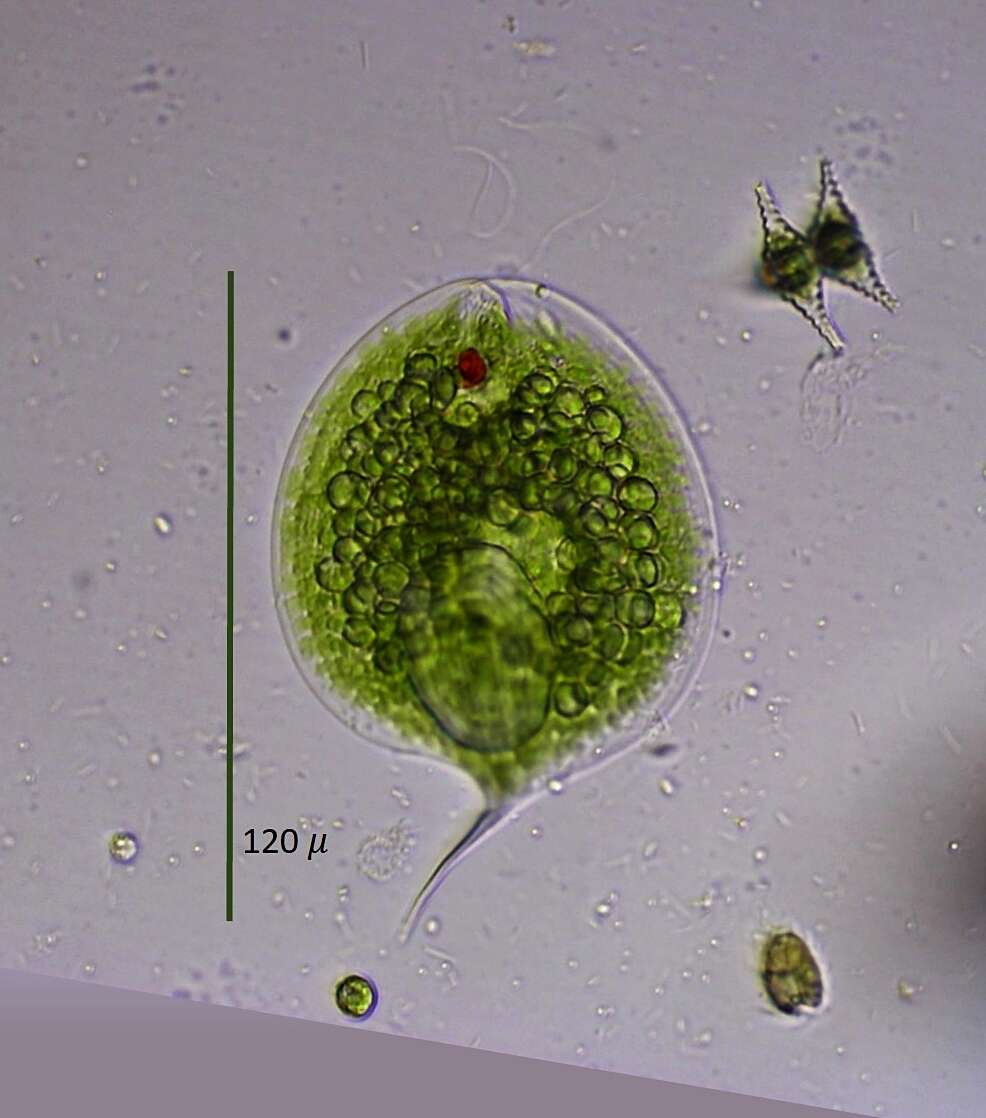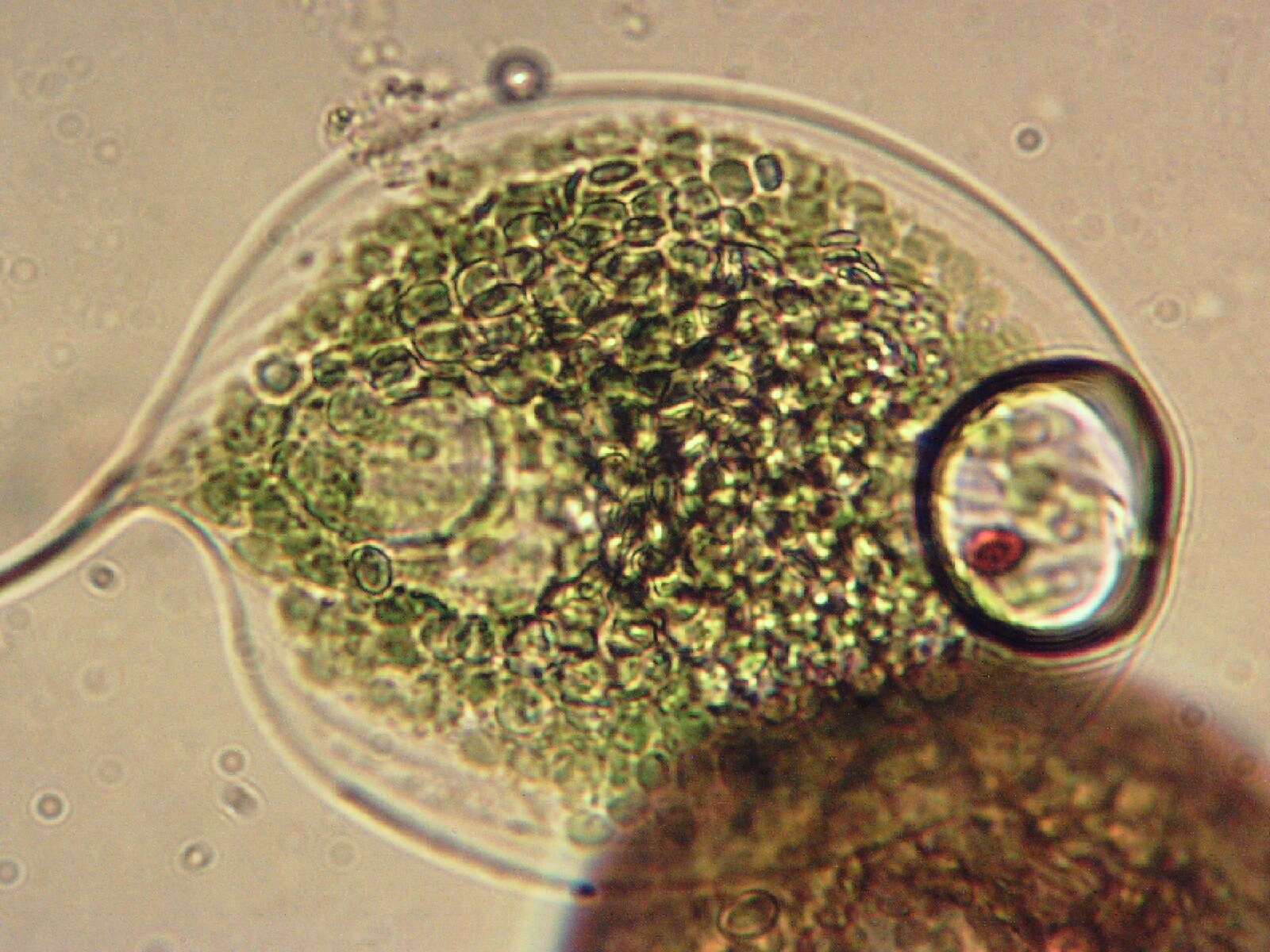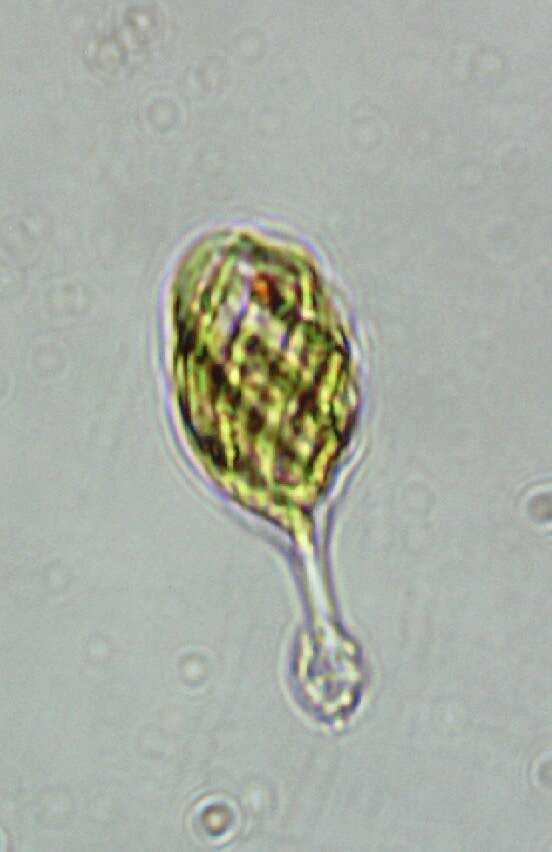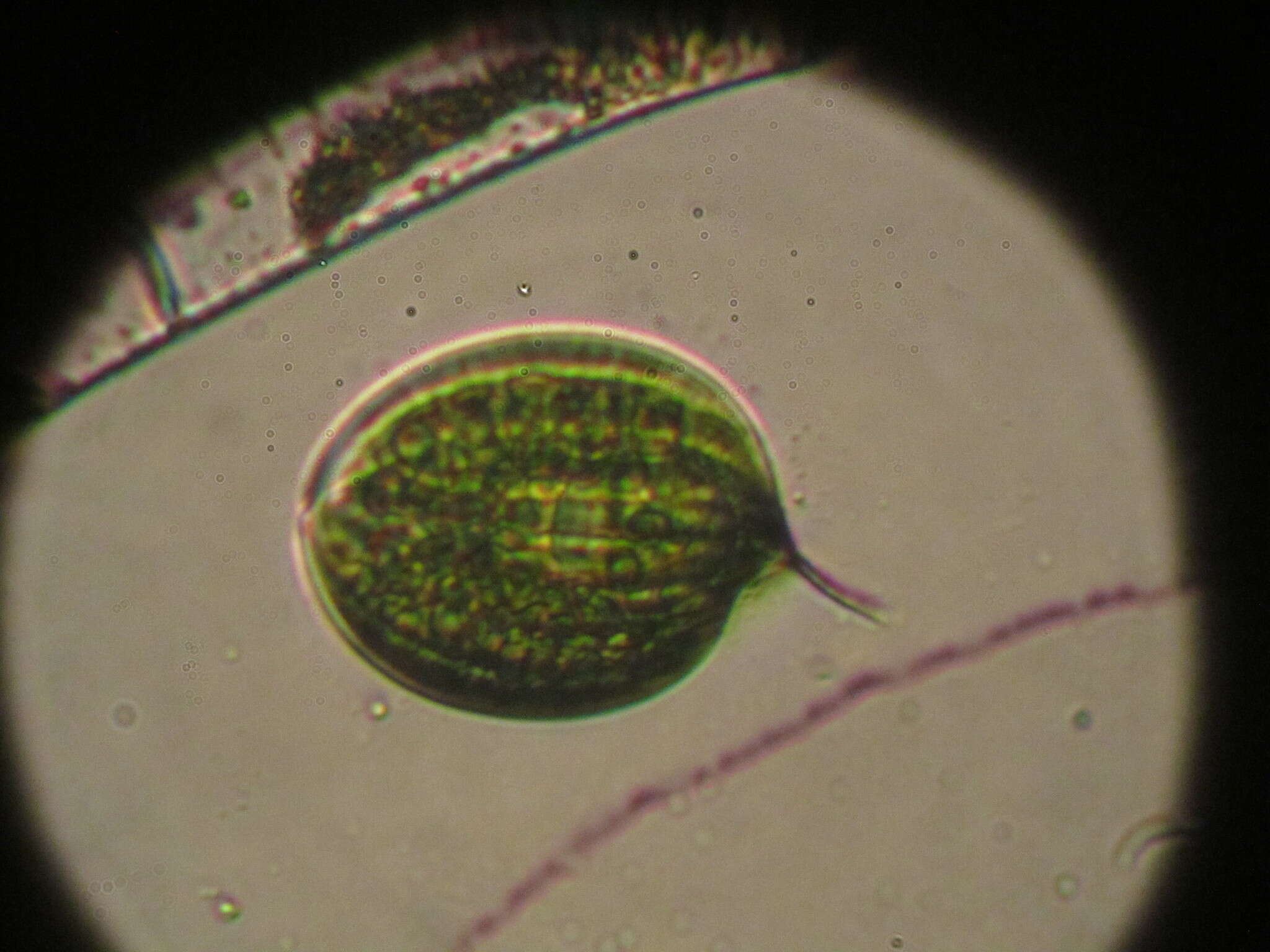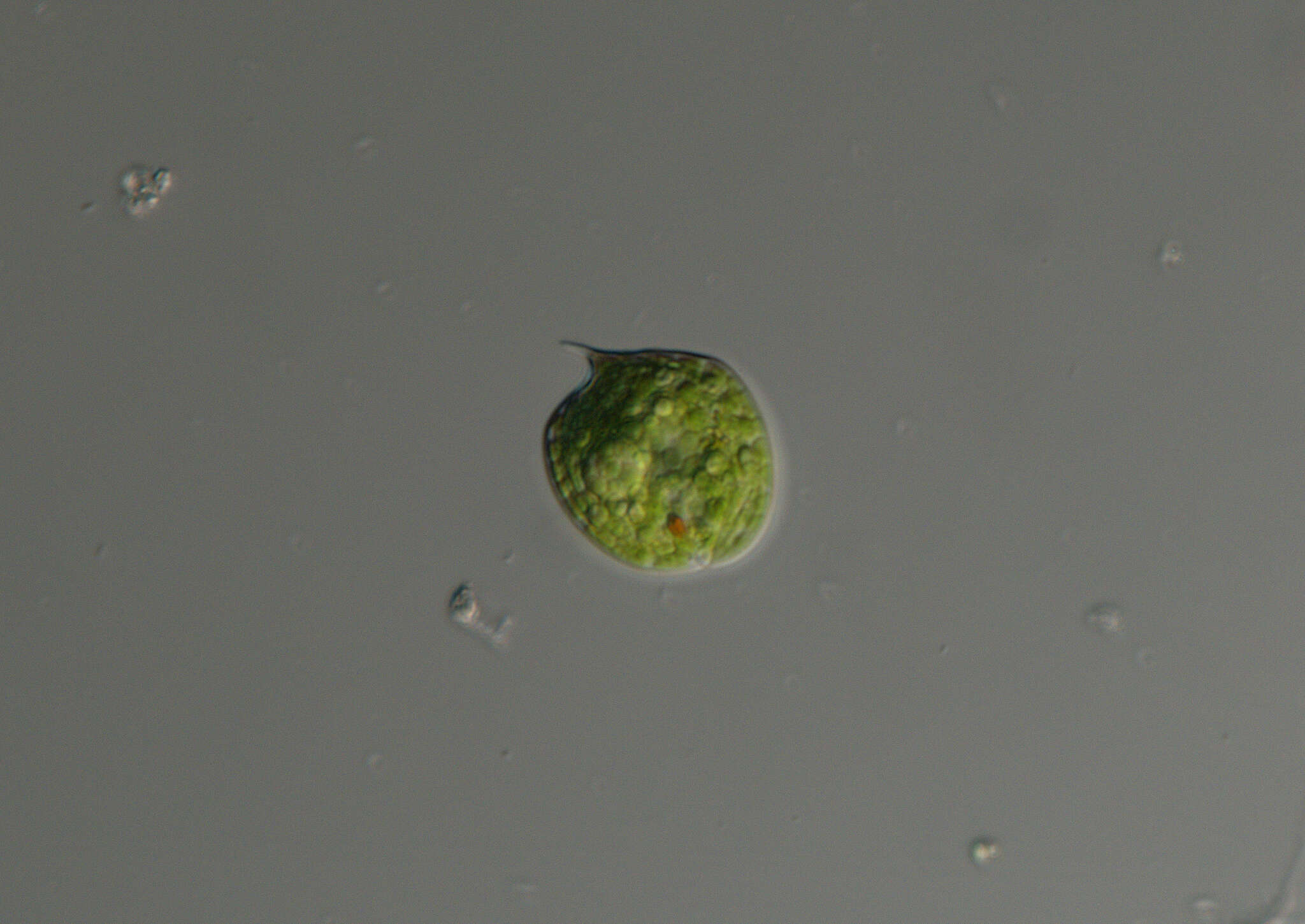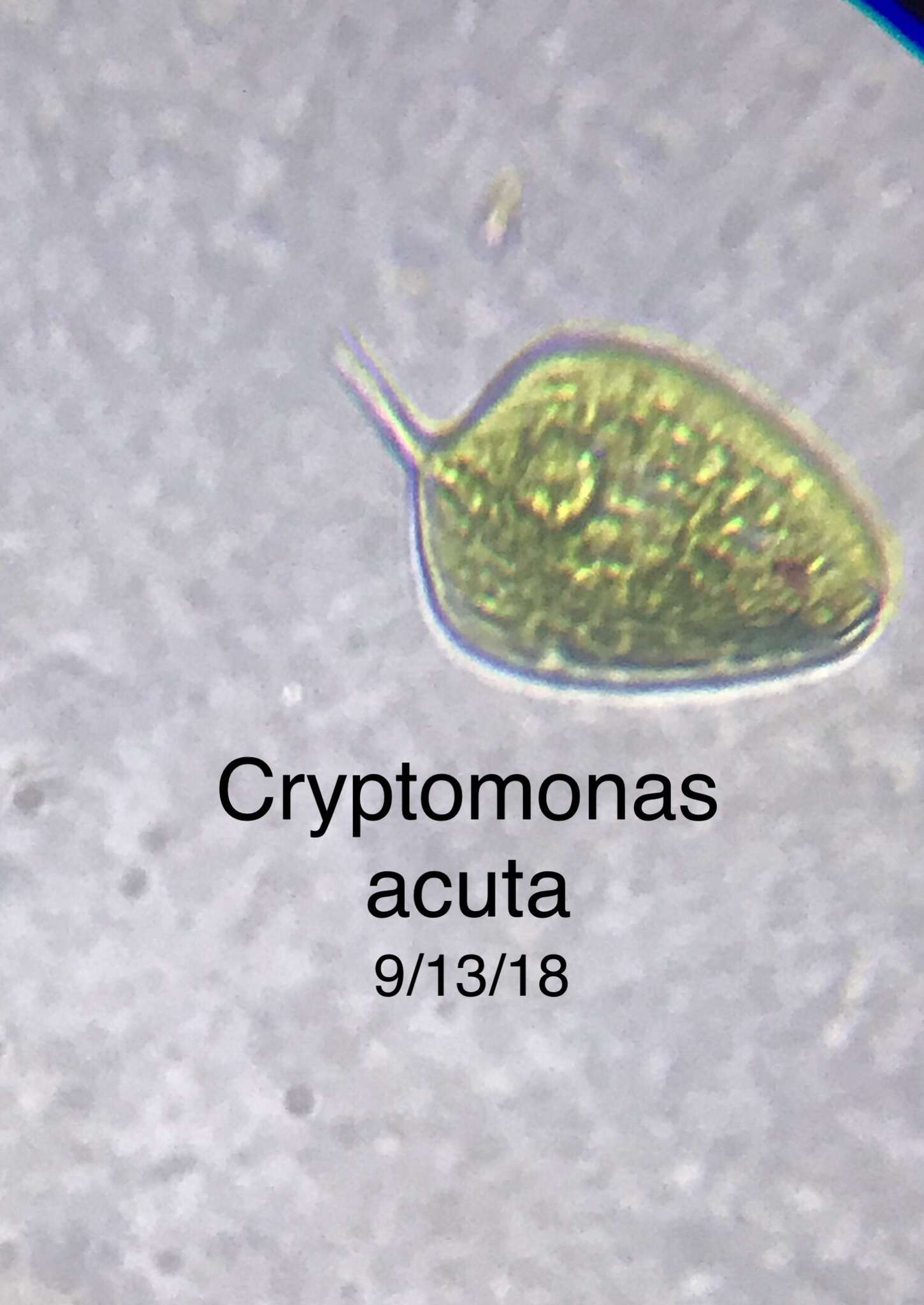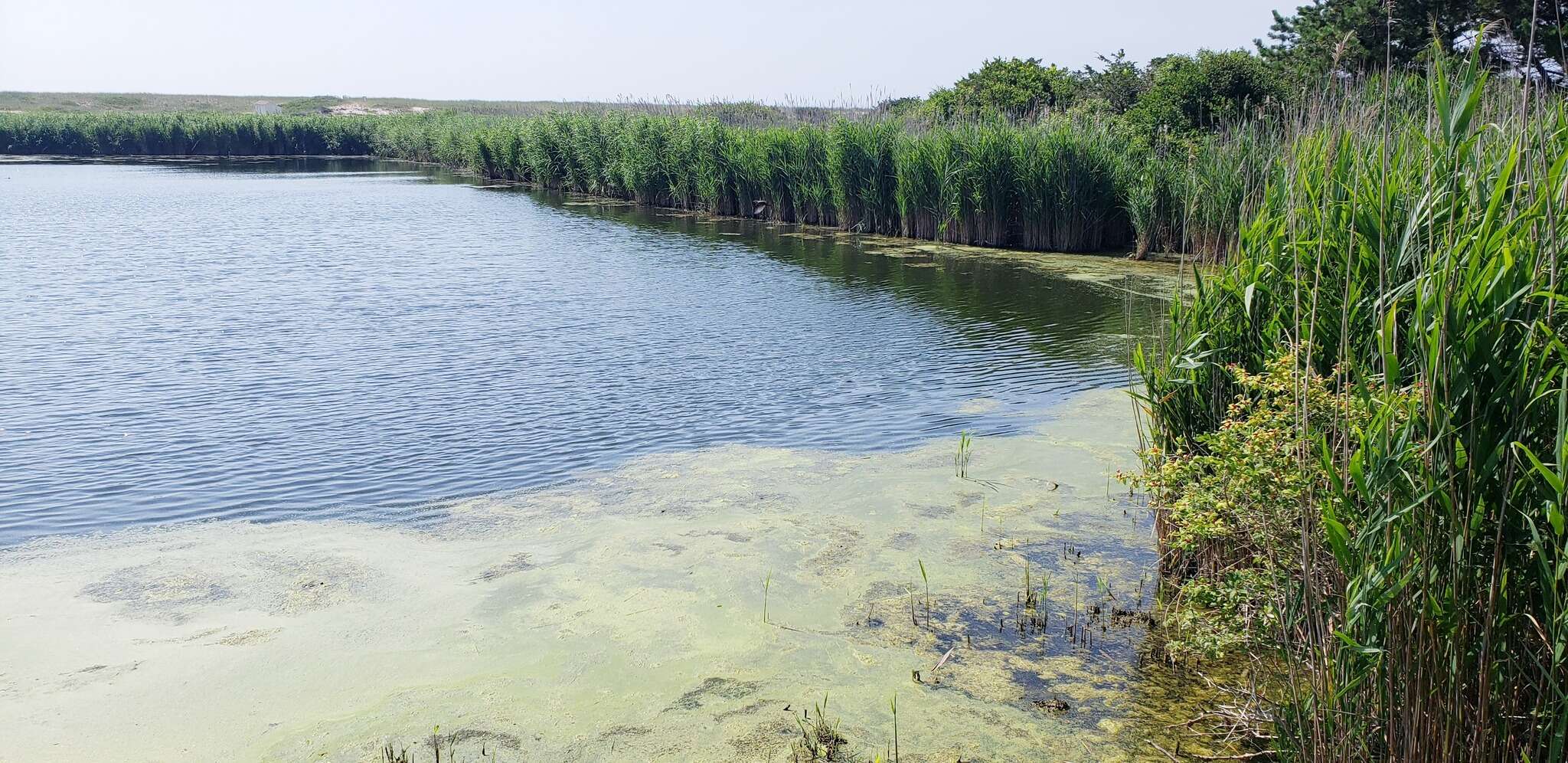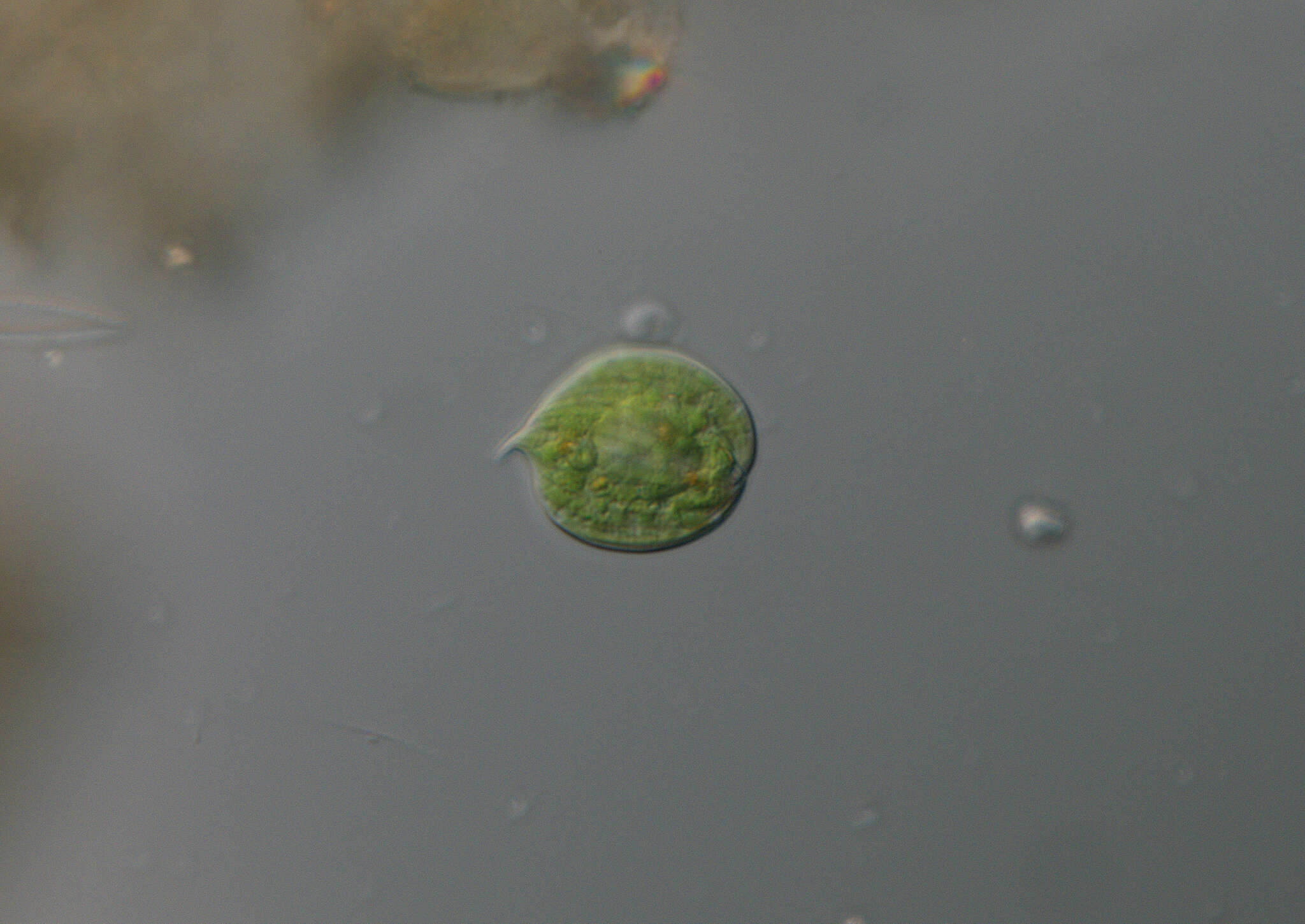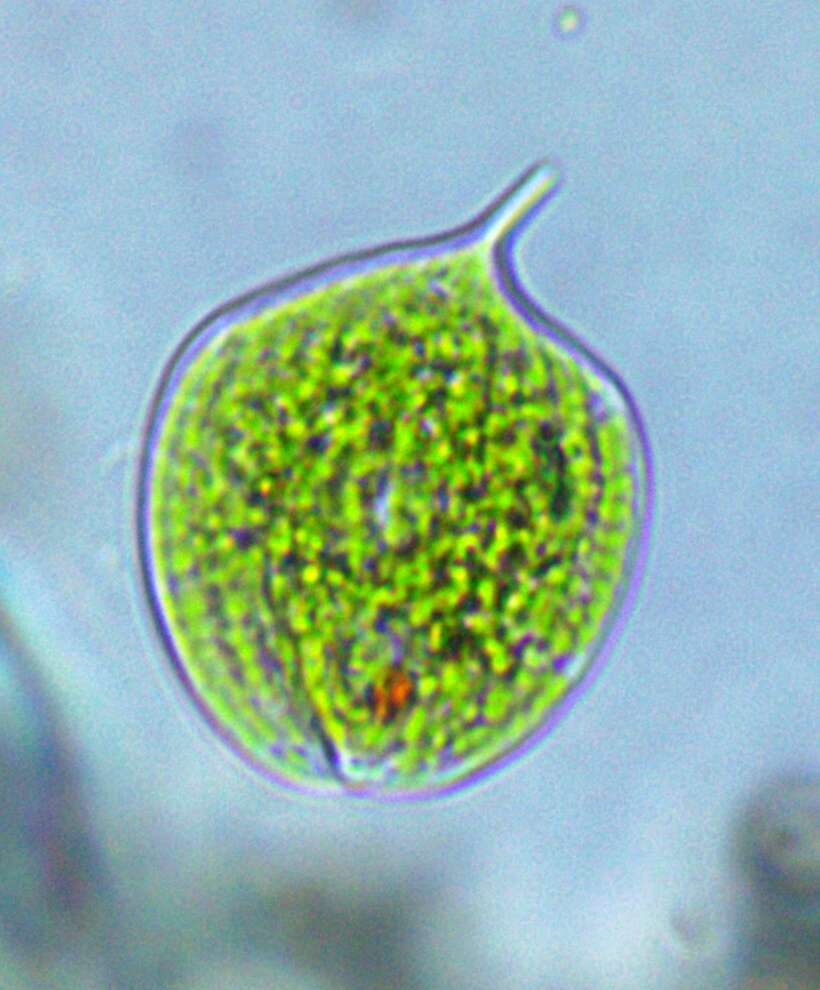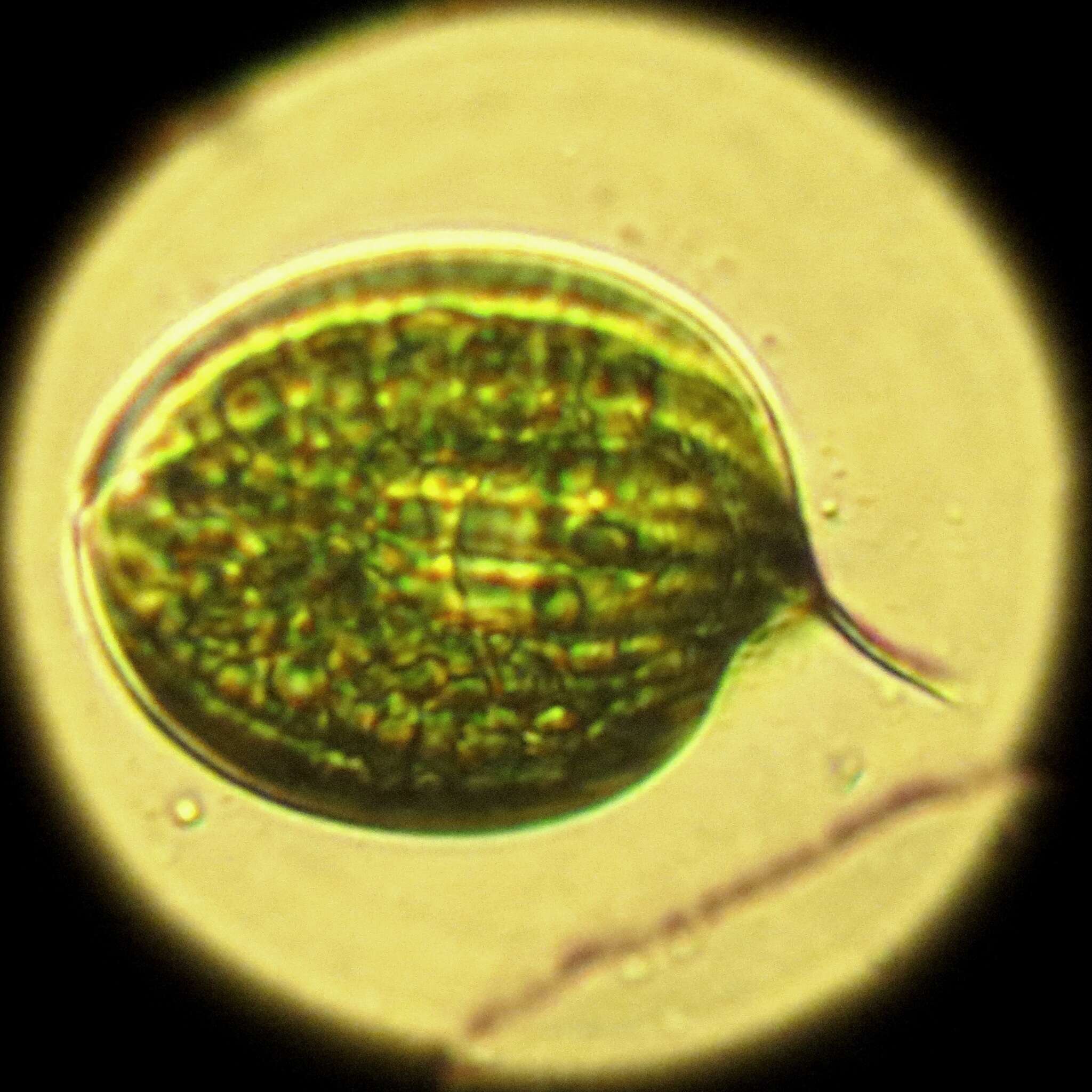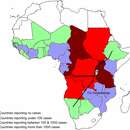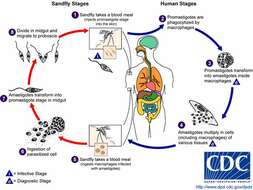Life cycle of Trypanosoma brucei gambiense and Trypanosoma brucei rhodesiense, cause of African Sleeping SicknessDuring a blood meal on the mammalian host, an infected tsetse fly (genus Glossina) injects metacyclic trypomastigotes into skin tissue (trypomastigotes are the characteristic developmental stage that infects humans. The parasites enter the lymphatic system and pass into the bloodstream (1). Inside the host, they transform into bloodstream trypomastigotes (2), are carried to other sites throughout the body, reach other blood fluids (e.g., lymph, spinal fluid), and continue to replicate by binary fission (3). The entire life cycle of this parasite is represented by extracellular stages. The tsetse fly becomes infected with bloodstream trypomastigotes when taking a blood meal on an infected mammalian host (4,5). In the fly’s midgut, the parasites transform into procyclic trypomastigotes, multiply by binary fission (6), leave the midgut, and transform into epimastigotes (7). The epimastigotes reach the fly’s salivary glands and continue multiplication by binary fission (8). The cycle in the fly takes approximately 3 weeks. Humans are the main reservoir for Trypanosoma brucei gambiense, but this species can also be found in animals. Wild game animals are the main reservoir of T. b. rhodesiense. The subspecies Trypanosoma brucei brucei infects domestic and wild animals but usually not humans (but see the phylogeographic analysis by Balmer et al. 2011, which concludes that the three "subspecies"of T. brucei are not actually genetically or historically distinct lineages).From
Centers for Disease Control Parasites and Health website.

